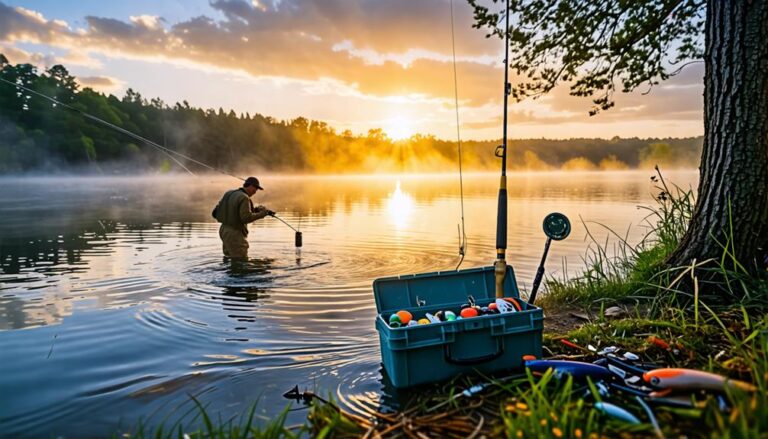The Evolution of Food Supply in Survivor
The show Survivor has captivated audiences worldwide since its debut, thanks to its dynamic blend of strategy, social interaction, and, of course, survival challenges. After 46 exhilarating seasons, the series has undergone various transformations to keep the competitions fresh and engaging. One pivotal change that has stirred conversations among viewers is the recent decision to reduce the food supply for contestants. This shift may seem like a step backward for some, but it serves to revive the core spirit of survival that originally defined the show.
A Nod to the Past: Less Food, More Survival
In its inception, Survivor thrust its participants into grueling environments where food scarcity was a harsh reality. Contestants had to rely not only on their skills in challenges but also on their ability to forage and hunt. Over time, however, the show evolved; rations were provided to avoid extreme hunger and keep the action entertaining. Yet, as the New Era unfolded, viewers began to feel that Survivor was losing its edge, veering too much into the territory of luck and convenience.
By reducing the food supply again, producers may be attempting to recapture the essence of survival that made the earlier seasons so riveting. Former contestant Sonja Christopher pointed out that earlier seasons had no safety net of rations, which could lead to challenges that tested contestants’ limits far more than simply strategizing around food supplies. With this new adjustment, contestants are reminded that their survival skills and resourcefulness remain pivotal in the game.
The Shortened Timeline: 26 Days of Gameplay
You might wonder how contestants manage less food in the current era. One significant change is the reduction of the game duration from 39 to a brisk 26 days. This shorter format means that contestants will not have to endure prolonged periods of hunger. As most experts indicate, signs of severe starvation typically begin around the 30-day mark. Less time spent on the island lessens the intensity of hunger that contestants face while still delivering a compelling storyline for viewers.
Moreover, the majority of Survivor seasons now take place on the beautiful islands of Fiji, which are abundant in tropical food sources. This minimizes the chances of competitors going completely without sustenance. The lush environment and its offerings keep contestants relatively nourished outside of challenges, reducing the risk of quick exits from the game due to hunger.
Challenges That Keep the Stakes High
Although contestants receive less food, exciting challenges remain an integral part of the game. These challenges are designed not just to test physical strength but also strategy and ingenuity. Contestants not only compete for immunity but often strive to win essential supplies and meals. This dynamic nurtures an atmosphere where decision-making becomes paramount. Should a contestant expend energy searching for food, or should they conserve it for upcoming challenges?
This contrast of scarcity and opportunity adds depth to the strategic elements of the game. Contestants are frequently two steps ahead, weighing immediate needs against long-term survival tactics. As fans of Survivor know, the road to the finale is not just about physical prowess; mental agility plays a key role.
The New Era: Balancing Challenges with Survival
In essence, the evolving rules of Survivor reflect an ongoing effort to create a balanced competition, one where survival instincts are rekindled, and the essence of the game shines through. The shift toward less food can be seen as a bridge, linking the beloved past with present-day needs for captivating television.
While some viewers mourn the loss of their cushy rations, many fans appreciate the return to survival basics. This change challenges contestants while simultaneously renewing fans’ engagement with the raw, unvarnished aspects of human endurance and ingenuity in the wild.
As Survivor continues to adapt and flourish in the reality TV landscape, the mix of scarcity, strategy, and survival guarantees that audiences will remain invested and entertained. Watching how contestants navigate the struggles of limited resources against the backdrop of challenges adds a layer of thrill that keeps fans coming back for more. Whether they are hunting for food or formulating alliances, each season of Survivor serves as a reminder of what it truly means to endure and overcome in the face of adversity.




